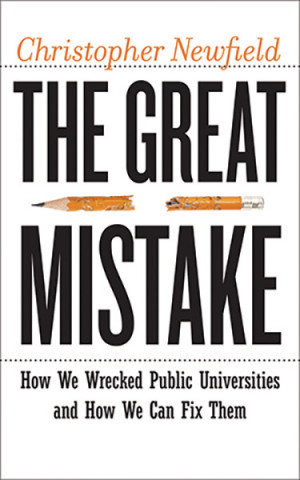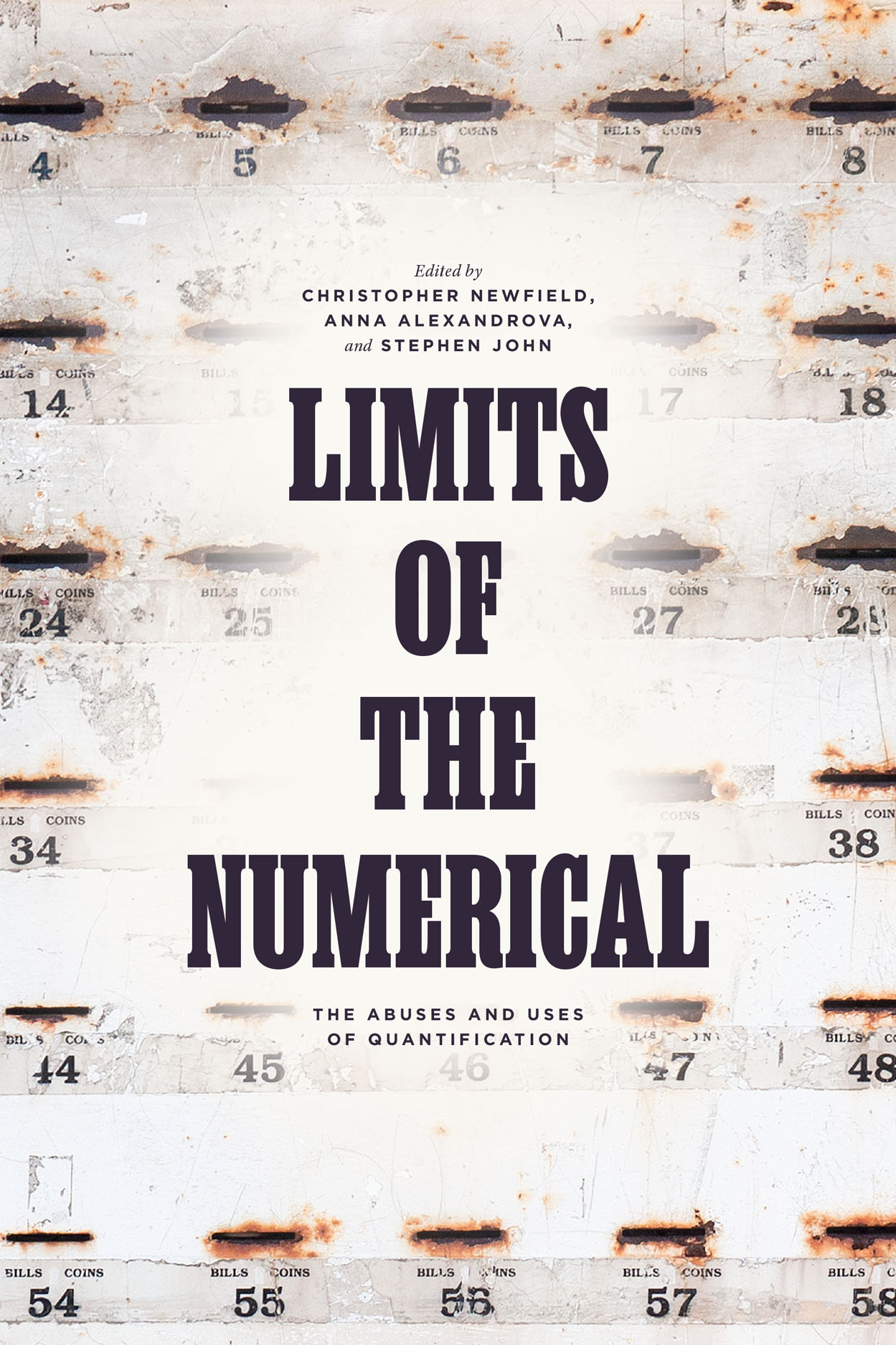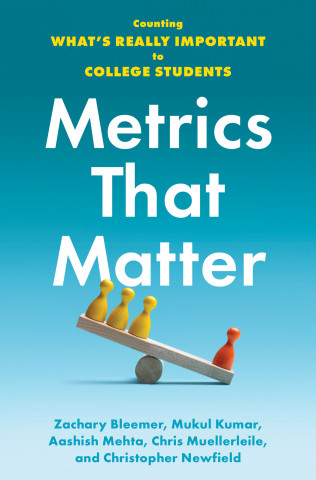 |
| Michael Burawoy Starts the Seminar on November 13, 2019 |
I finished that email by thanking him for his work on universities in the context of his wider social analysis and for his support for mine and others'. "The meetings you’ve hosted at Berkeley have been among the most satisfying and interesting of my time at UC. I’m very grateful for the effort you’ve put into that, and for your consistency and responsiveness."
That sounds formal, even understated, but he was incredibly consistent and responsive. These are humble yet powerful virtues that are the opposite of celebrity and influence. Michael knew that they build intellectual communities and have the most lasting influence on the collective creation of future knowledge.
One thing I remember about the seminar in this Berkeley restaurant patio (pictured above) is that his students trusted him. I almost wrote "loved him," which is likely also true. But what I saw was a trust in him with their ideas and their personal commitments that was perhaps more than that.
Not long after that visit, he sent me a draft chapter for a book that I don't think has yet appeared. [Correction: Thanks to Tyler Leeds for pointing me to Public Sociology (Polity 2021), chapter 15] I'm going to circle back on this blog to some of the themes he raises here, and will be writing about Michael's work again. This post is a down payment.
One of his themes might be summarized as: commodified knowledge loses its power over power.
A second theme is: "Public" is the name of (and means for) collective agency. A world of privatized institutions is always oligarchic.
This latter point now gets more obvious to everyone with each passing day. But there is still much confusion and hesitation about "public" as the functional alternative power.
We really need Michael Burawoy to help put out the bonfire of the knowledges and rebuild society with the principles he saw very clearly. This is such a stupefying loss.
Here are some excerpts from Michael's chapter called "Defending the Public University." This is labeled Chapter 14 in my copy, so in the middle of a much longer argument, and with a diagram that he wasn't yet satisfied with.
'One can debate the specific origins of the transformation of the University of California, but it is part of a national and indeed global trend – symptomatic of third-wave marketization that turns what was once a public good into a private commodity. If knowledge used to be bgggtttregarded as something produced and distributed for the benefit of all, it is now increasingly bought and sold by those who can afford it, so that the university becomes a revenue generating machine, transforming its internal structure, and threatening its national and international standing. For so long we thought of the public university as exempt from the forces of commodification. Yes, there were periodic crises that involved defunding, but they were always followed by restoration, albeit at a lower level. Too few were ready to acknowledge how the secular decline in funding was leading to the structural transformation of the university.
'We can gauge this transformation of the university by asking the same questions we earlier posed for academic disciplines – Knowledge for Whom? Knowledge for What? The university is oriented externally to the commodification of knowledge, what we might call policy knowledge, in pursuit of revenue to alleviate its fiscal crisis. The commodification of knowledge reverberates through the university, repurposing professional knowledge for instrumental ends, creating a governance crisis, but also an identity crisis as critical knowledge calls into question the direction of the university. The identity crisis becomes in the public sphere a legitimation crisis – the public calls into question the value of the university as a place of teaching and research, which only deepens the fiscal crisis.'
....
The pursuit of new, private revenue streams paradoxically weakens the university's finances, Michael writes. It forces new strategies on the core of the university's purpose, teaching and research.
'The commodification of prestige and knowledge is one strategy, the commodification of labor is another. Universities can go after the weak and the vulnerable, outsourcing low paid service work to avoid paying benefits or even minimum wages. Economic restructuring led to dramatic change in teaching as expensive tenure-track faculty have been replaced by short-term, precarious instructional labor, known variously as lecturers, adjuncts, part-time or contingent faculty. At Berkeley some 40% of student credit hours are taught by lecturers. Across higher education lecturers now outnumber tenure-track faculty by two to one whereas 50 years ago the ratio was the inverse. As the number of tenure-track positions declines, relative to the numbers of students looking for academic jobs, the oversupply of PhDs has left them competing for lowpaid, insecure teaching positions. Tenure-track faculty become a shrinking labor aristocracy with higher income and security of employment. The conditions of lecturers vary a great deal across higher education, depending on the status of the college, but everywhere their conditions of employment are vastly inferior to tenure-track faculty who are released from teaching to become increasingly focused on research. While there is no reason to believe that lecturers are inferior teachers, nonetheless as their conditions of employment deteriorate so there is a long term degradation of education.
'As commodification makes inroads into the university, it brings about changes in the administrative structure. Fiscal crisis has been accompanied by “administrative bloat”. According to the university’s figures, the number of senior and executive managers at Berkeley increased 5 fold in the 20 years from 1994 to 2014, so that they now equal the number of tenuretrack faculty that remained constant over the same period. It’s not just the numbers but also the salaries. A senate committee reported that between 2010 and 2015 salaries of Berkeley’s central administration increased by 38% whereas the income of academic units increased by 13%. While Berkeley is at the extreme, for reasons are not clear, we can find similar administrative expansion at the other University of California campuses and indeed across higher education.
'Coincident with administrative expansion has been the recruitment of executives from the financial and corporate world. For example, Berkeley’s Vice-Chancellor for Finance and Administration came from the World Bank, knowing little about the operation of universities, let alone the peculiarities of a public university like Berkeley. He recruited personnel from the world of finance to help him govern the university. He lasted for 5 years.
'The university attracts “spiralists” who enter the university from outside, perhaps from the corporate world, develop their own signature project and then spiral on (if they are lucky), leaving the university to spiral down. In this case the Vice-Chancellor tried to promote on “online” education which proved to be a flop, and he spiraled out and down. '
...
'Sobered by a succession of disasters, the Board of Regents chose a “local” for the next Chancellor. Carol Christ had been a faculty member at Berkeley since 1970 and became Executive Vice-Chancellor before moving on to become President of Smith College. After 10 years she returned to Berkeley to retire, but was pulled back in as interim Executive Vice- Chancellor as a stop-gap measure to clean up the mess left by her predecessors. The campus breathed a sigh of relief when she was appointed Chancellor. Convinced that privatization was the only strategy going forward, she pursued it deliberately and rationally. Her first goal was to eliminate the burgeoning annual deficit by multiplying revenue streams as well as trimming expenses. With soaring rents it was increasingly difficult for students and faculty to live in Berkeley or the surrounding areas, so Christ made it her priority to set about expanding university accommodation through public-private partnerships.
'The smoother operation of the new regime throws into relief what is taken for granted – the progressive commodification of knowledge, keeping the university alive with privatization strategies, even to the point of openly repudiating support for tuition-free education. With a disastrous credit-rating, due to the fiascos of the past, the administration is forced into high-risk investments, often over opposition from faculty. The restructuring of the administration has gradually expropriated control from all campus communities – faculty, lecturers, staff, students. From the hallowed shared-governance we have entered a regime of consultative-governance – consultations after the fact – driven by market forces.'
'We live in an era where the university loses its autonomy. Increasingly focused on making money to stem its fiscal crisis, it undermines collective self-government and thereby bringing on a governance crisis, it mimics the capitalist corporation. This brings many tensions to the surface. Some regions of the university are better able to exploit the market place than others. The bio-sciences and engineering supply research allied to the expanding sectors of the economy; the business and the law schools supply managers and regulators; the medical school, public policy, and social welfare supply the expertise to administer and treat precarious populations. As tuition increased so students gravitate toward those disciplines that supply the best job opportunities, whether that be a path to a professional degree or directly into the more secure regions of the labor force. The university surreptitiously pushes toward vocationalism at the expense of a broad liberal education. The number of majors in the arts and humanities falls. The university follows student demand by redistributing resources among departments on the basis of “student credit hours” and the number of degrees. In a time of shrinking budgets the competition between departments becomes palpable, no longer on the basis of scholarly distinction but on the appeal to students.
'The capitalist university not only creates lateral inequalities between disciplines, but also in the vertical direction. As we have seen cutting costs means employing armies of poorly-paid lecturers to do the teaching abdicated by a shrinking labor aristocracy of tenure-track faculty. At a prestigious public university, Senate or “ladder” faculty create the symbolic power of the university – the number of prominent scholars, Nobel Prize Winners as well as turning out outstanding graduate students. The tenure-track faculty are pampered with diminished teaching loads and off-scale salaries in order to keep up with Ivy League universities. The capitalist university creates an entrenched two-tier system – a lower caste of dedicated teachers and an upper caste of researchers. There is virtually no mobility between the two. In the short term, the interests of the ladder faculty lie in the multiplication of lecturers, but in the long term they suffer declining numbers. Graduate students, expecting to enter the ranks of tenure-track faculty, now face two tracks into the future (Burawoy and Hanks 2018).
'The Berkeley Faculty Association takes as its mission the defense of the public university opposing privatization, the corporatization of the university, the commodification of knowledge. In practice this means we oppose economically irrational projects (public-private ventures, retrofitting the stadium, privileging athletics, campus shared services), the degradation of education through online education, and revenue making credentials with limited content. It means we support diversity at all levels of the campus, defend shared governance, build alliances with unions of GSIs, lecturers and staff. The BFA along with other University of California faculty associations has thrown its weight behind a plan to refinance higher education from increases in state taxation. Rather than pursuing the self-destructive strategies of privatization, we support the “$66 fix” – $66 being the extra tax a median income earner in California would pay in order to reset higher education to funding levels of the year 2000. This has the support of a wide range of unions and associations involved with higher education though it has yet to win the broad support of California’s population or the political establishment that runs the state.
'Accustomed to support from the state legislature as one of California’s symbols of progress, the university has experienced slow downgrading for some fifty years. It is now one of many public agencies competing for a diminishing slice of the state budget. State funding per student has fallen steadily over the last 50 years at the same time that fees have increased. Here lies one material reason for the declining public support for the university. As student fees increase, as total costs of attendance increase at an even greater rate, and as the degree itself buys less lucrative, more precarious jobs, so many wonder whether the university education is worth the increasing cost. . . .
'To the public the university’s claim to be in perpetual economic crisis seems bogus in the light of rising tuition but also in the light of scandals that have swirled around the university, and exploited by the media: sexual harassment by the high and mighty, bribing one’s way into the university, misuse of funds by the Office of the President, increasing numbers of out-of-state and international students displacing Californians of equal or greater scholarly merit, exorbitant salaries of administrators, abysmal conditions of service employees receiving subminimum wages. Uninterested in its “international” prestige, Governor Brown likened the university to the fast food chain, Chipotle: it should offer a low cost fixed menu of courses. The public looks at the university through a different lens than its administrators and its faculty. . . .
'As the number of students of color and students from poorer backgrounds have increased the resources available for education have diminished and costs of attendance have increased – students are getting less but paying more. In short, it is not enough to think only of access, we also need to think of what happens to students once they arrive on campus. The university needs to be accessible but also accountable, and not just to its students but also to communities outside the university. Contesting the legitimation crisis requires us to extend ourselves into the wider communities from which students come. The university cannot survive as an ivory tower. Berkeley has made efforts in this direction building programs of scholarly engagement, but they are poorly funded and marginal to the university’s overall program.
'Sociology has a particularly important role to play: it not only speaks to the crises facing students, it also speaks to the crisis facing so many communities in California. Sociology’s mission is more than to passively educate, it is to defend society against excessive marketization, not just of labor, land and money but of knowledge itself. It has to play a critical public role in the education of its students.'
This is the table that Michael wasn't satisfied with. I think it shows useful things.
Focus on the crises in boldface. The deep policy mistakes--and the complicities between captive university management and a Democratic party that had lost interest in public goods and systems-- weakened the university's ability to create and circulate these four kinds of knowledge.




0 comments:
Join the Conversation
Note: Firefox is occasionally incompatible with our comments section. We apologize for the inconvenience.